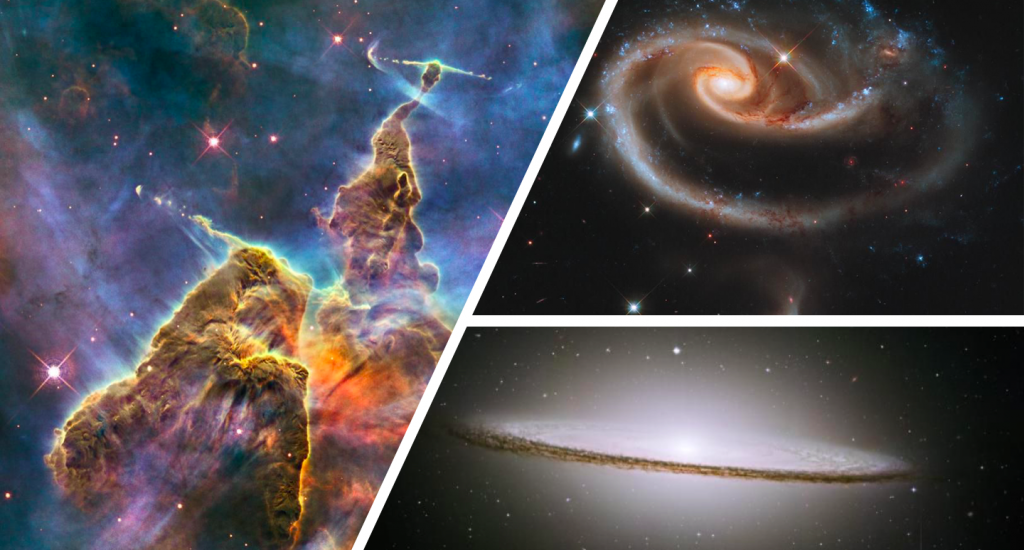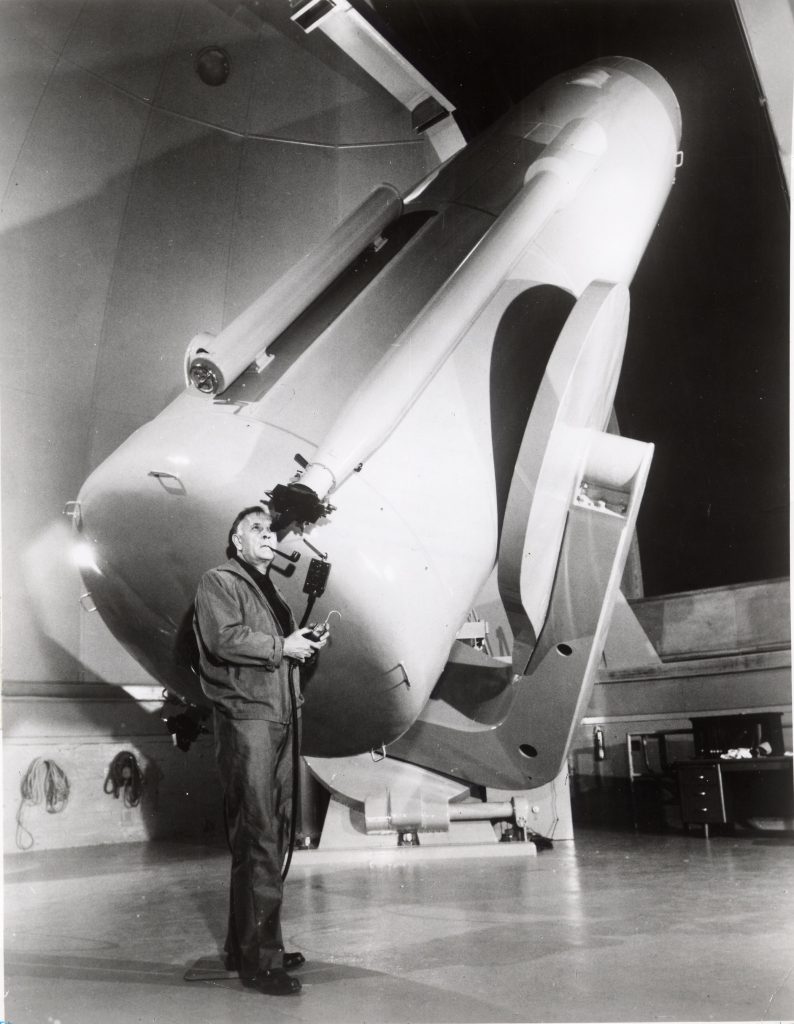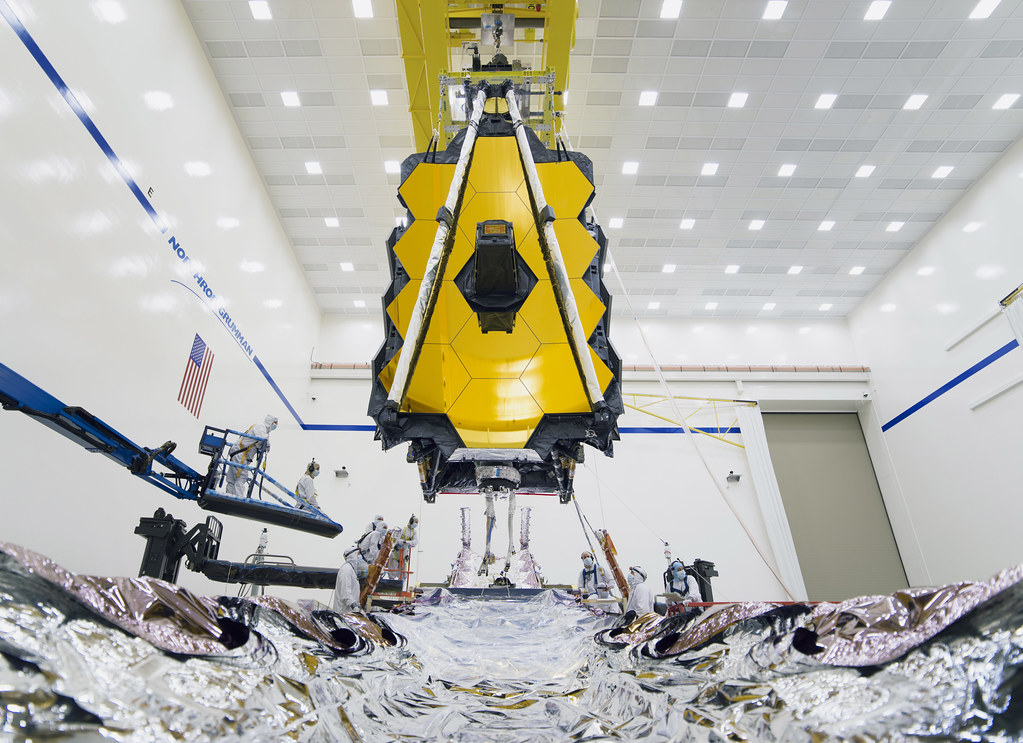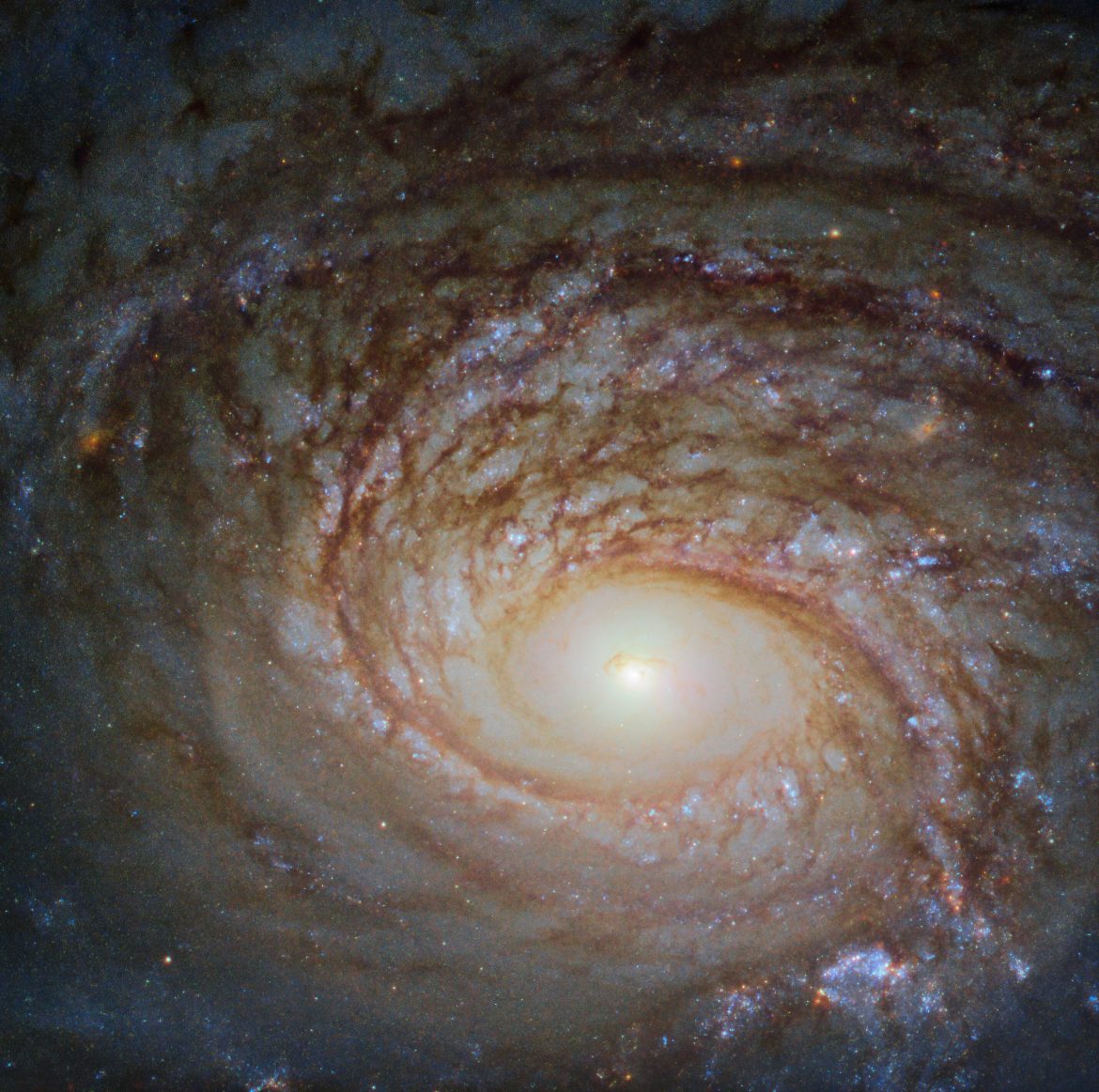Even if you didn’t know it, you’ve probably had an interaction with NASA’s Hubble Telescope. Photos like the ones below are famous worldwide and explain never-before-seen astronomy phenomena. Do you recognize any?

The launch of the Hubble Space Telescope, according to NASA, “marked the most significant advance in astronomy since Galileo’s telescope”. Launched in April 1990 by NASA and the European Space Agency (ESA), it has been serviced five times and has remained operational for over 25 years. It was the “first major optical telescope to be placed in space” and was aptly named after Edwin Powell Hubble, an American scientist who, during his lifetime, used the two biggest telescopes in the world to discover a plethora of cosmic characteristics.

Edwin Hubble’s observations identified that there were multiple galaxies beyond our home in the Milky Way. These galaxies were constantly moving outward which established the equation to explain a universe that is forever expanding (while this idea was originally proposed by another scientist, Georges Lemaître, the equation is known as Hubble’s Law and uses Hubble’s Constant). His studies affectively supported Albert Einstein’s unpublished theory of General Relativity.
But the Hubble Telescope has earned a reputation of its own through the hundreds of thousands of images it has photographed (check out this article by cnet.com to learn how exactly the black-and-white captured images are colored). While enhancing calculations of our expanding universe, it has also led to the formulation of the theory of dark energy, which could provide evidence that the rate at which the universe is expanding is accelerating. While it was only supposed to last for around 15 years, thanks to servicing missions funded by the Association of Universities for Research in Astronomy, the Hubble telescope continues to be in operation and managed by the Space Telescope Science Institute in Baltimore, Maryland until the summer of 2021.

But what does that mean for space exploration? Will the summer of 2021 be the end of this period of space discovery and photography? While other telescope missions (like the revolutionary Planck mission, Herschel Space Telescope, or Kepler Space Telescope) have been launched, there is a new telescope in town that will hopefully lesson the astronomical burden of cosmic discovery that weighs on the Hubble telescope in its later years.
The James Webb Space Telescope — to be launched in March 2021 from French Guiana — is “an orbiting infrared observatory that will complement and extend the discoveries of the Hubble Space Telescope, with longer wavelength coverage and greatly improved sensitivity”; no easy feat to say the least. The combination of the two halves of the $9.7 billion dollar telescope has faced many challenges, including a 95 percent increase in cost estimates and a seven-year delay, according to Space.com. But on August 28th of this year, the mechanical assembly of the Webb telescope was successful in Redondo Beach, California and it passed its vital sunshield test on October 29th, 2019.
“The James Webb Space Telescope (sometimes called JWST or Webb) is an orbiting infrared observatory that will complement and extend the discoveries of the Hubble Space Telescope, with longer wavelength coverage and greatly improved sensitivity. The longer wavelengths enable Webb to look much closer to the beginning of time and to hunt for the unobserved formation of the first galaxies, as well as to look inside dust clouds where stars and planetary systems are forming today.”
The JWST team at NASA via their website jwst.nasa.org
The extraordinary telescope is named after the former NASA chief who led the agency from 1961 to 1968. James Webb not only helped guide the United States to putting the first man on the moon, but he also established many guiding principles for the organisation, including the goal of launching a large telescope like this one into space. Specific missions planned for the heir to the Hubble Telescope’s legacy include observing nearby dwarf galaxies, testing new technologies for starwatching, uncovering the history of comets and our early solar system, and the birthplace of new stars. And one cannot ignore the task of using infrared light to capture the most detailed picture of the center of our Milky Way Galaxy.
While the intricate checklist of how to get a telescope that can reveal the beginnings of stars, our solar system, and perhaps our universe remains lengthy, NASA has declared the Webb telescope to now be a “fully assembled observatory”. As a joint operation between NASA, the ESA, and the Canadian Space Agency, it is on-schedule to launch from Earth’s surface and fulfill its role as the “world’s premier space science observatory” in 2021.

Astronomers, cosmologists, researchers, scientists, space enthusiasts, and many more will be excitedly awaiting updates on this feat of space technological innovation. Want to wait with them? Check out the Goddard Space Flight Center’s project website for updates and check out space.com’s infographic to learn more about how the telescope operates! Also check this out to see the exact dimensions and materials being used in the James Webb telescope!
(Header Image: “Many galaxies we see through telescopes such as the NASA/ESA Hubble Space Telescope, the source of this beautiful image, look relatively similar: spiraling arms, a glowing center, and a mixture of bright specks of star formation and dark ripples of cosmic dust weaving throughout. This galaxy, a spiral galaxy named NGC 772, is no exception.”; Photo and Caption by the Hubble Space Telescope and NASA)
 Food
Food Farmers
Farmers Sustainable Living
Sustainable Living Living Planet
Living Planet News
News